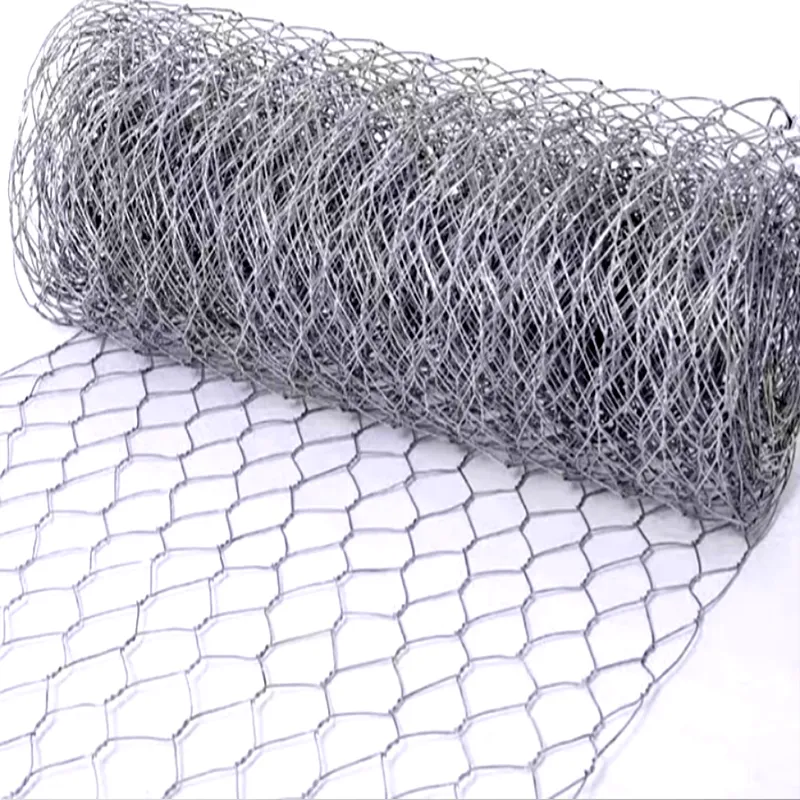-
 Phone:
Phone: -
 Email:
Email:

Essential Chain Link Fence Supplies for Reliable Security and Durable Outdoor Solutions
Chain Fence Supplies Essential Components for Security and Enclosure
Chain link fencing is a popular choice for both residential and commercial properties due to its durability, versatility, and cost-effectiveness. Understanding the essential supplies needed for chain link fencing installation can make the process smoother and ensure a long-lasting enclosure. This article will explore the various components and supplies involved in chain link fencing, along with tips for successful installation.
Key Components of Chain Link Fencing
1. Chain Link Fabric The primary component of a chain link fence is the fabric itself, typically made from galvanized steel wire to resist rust and corrosion. The gauge of the wire affects the strength and sturdiness of the fence. Common gauges include 9, 11, and 12, with lower numbers indicating thicker and stronger wire. The mesh size can also vary, with the standard sizes being 2-inch and 2.5-inch openings.
2. Fence Posts Chain link fences require vertical posts to provide support and stability. These posts can be made from galvanized steel or vinyl-coated materials, and they come in various sizes to accommodate different heights and applications. The terminal posts are used at the ends of the fence, while line posts are installed between the terminal posts to maintain the structure.
3. Top Rails and Tension Bars The top rail provides horizontal support at the top of the fence, connecting the terminal posts. It's important to choose a top rail that matches the height and style of your fence. Tension bars, on the other hand, are used to secure the chain link fabric to the posts, enhancing the integrity of the fence.
4. Fittings and Accessories A variety of fittings are required to connect the different components of the fence. These include post caps, which cover the tops of the posts, and braces that provide additional support. Other accessories include tension bands, which hold the tension bar in place, and fabric ties or hog rings to attach the chain link to the posts and rails securely.
5. Gates If you need access through your chain link fence, a gate is essential. Gates come in various styles, including swing gates and sliding gates. When selecting a gate, ensure it matches the height and style of your fence while providing adequate security.
chain fence supplies

Installation Tips
1. Planning and Layout Before you begin, create a detailed plan of where the fence will be installed. Measure the perimeter accurately and mark the locations for the posts.
2. Setting Posts Ensure that the posts are set deep enough in the ground to provide stability, generally at least one-third of the post height. Use concrete for additional support, especially in areas prone to strong winds.
3. Attaching the Fabric Once the posts are securely in place, unroll the chain link fabric and attach it to the posts using tension bars and ties. It’s crucial to pull the fabric tight to avoid sagging.
4. Finishing Touches After installing the fabric, add the top rail and any gates. Double-check all fittings and accessories to ensure everything is securely fastened.
Conclusion
Investing in high-quality chain fence supplies is critical for anyone looking to install a chain link fence. Understanding the various components and how to install them properly will not only enhance the security of your property but also ensure the enclosure lasts for years to come. Whether for a backyard, commercial property, or industrial site, chain link fencing offers a reliable solution for creating a safe and secure environment. By selecting the right supplies and following proper installation techniques, you can enjoy the benefits of a durable and effective fence.
-
Reinforce Your Projects with Versatile Hexagonal Wire MeshNewsSep.12,2024
-
PVC WireNewsSep.12,2024
-
Maximize Your Closet Space with Clothes Hanger WireNewsSep.12,2024
-
Enhance Safety and Stability with Premium Rock Netting SolutionsNewsSep.12,2024
-
Bucket Handle WireNewsSep.12,2024
-
Baling Wire: Your Ultimate Solution for Securing and BundlingNewsSep.12,2024
-
What’s the Cost of Securing Your Property? Breaking Down Barbed Wire Fence PricesNewsAug.30,2024








